Description
1. introduction
abb dcs is a distributed control system designed and developed by Swiss Asea Brown Boveri Company (abbreviated as abb company). It has a wide range of applications and can be used in discrete manufacturing industries
, such as machine tools, automobiles, aircraft manufacturing and other industries, as well as in large and medium-sized enterprises. Small-scale continuous production process industries, such as petroleum, chemical industry, thermal power units, steelmaking,
building materials and other industries. abb dcs system adopts international standards from hardware
design to software design and communication. The software programming language ampl (asea mas ter pi ece language) of abb dcs is a programming mode of the control system. This article introduces the architecture of abb dcs and its fieldbus network.
2 abb dcs distributed industrial control computer system architecture
abb dcs distributed control system uses advanced microprocessors (33mhz motorola 68020 and 33mhz intel 80386, 80486 chips), crt graphic display technology, high-speed safety communication technology and modern control theory to
form an on-site control station (mp200, ac410 , ac450 series and local and remote i/o series), operator station (as500 series), engineer station (master ai d series), information management system station (advant station series ), computer
and network interface station (master gate series), computer network (master bus series) and other computer communication equipment, it is a large-scale intelligent network with dispersed physical locations, dispersed system functions
, dispersed control functions, and centralized operation display management for process control and process decision-making management.
The communication network structure of abb dcs is divided into three layers:
3 Information Management Network Layer
It can be connected to 9 control networks. The network is composed of type mb300 bus, and the bus transmission rate reaches 10mbps.
4 Control network layer
The control network layer consists of 9 buses of type mb300. A control network may include 99 stations (including stations in local control networks). Each mp200/1 or ac450 station in the control network can be connected to a local control network.
A local control network can include 9 buses of type mb300. mb300 is a high-performance, serial, synchronous, half-duplex high-speed bus with large data volume. It adopts ieee 802.2 logical link control (llc) protocol and ieee 802.3 carrier frame listening
multiple access with conflict detection (csma/cd) media access control (mac) protocol. It is an ethernet type LAN and the bus
can carry loads . 45 nodes. When no repeater is used, the maximum communication node distance is 500m; when using 3 coaxial segments, 4 repeaters and 2 point-to-point links, the maximum communication node distance is 2500m, and the bus transmission rate is 10mbps.
mb300 realizes the connection to the host computer and communication with PLC systems such as MP200 through each node . It generally follows the 543 rule, that is, it is composed of 5 sections and 4 repeaters (repeater) connections, 3 of which can be
connected to equipment. It must be noted that only the marked prescription of the cable can be connected through the transceiver ( tranceiver ) Equipment, different equipment connections use different connection cables, such as tk526 cable to the pu510 operating station,
and tk576 cable to the control station. The tranceiver can only be installed at the 2.5-meter mark on the main cable section. The spacing between the tranceivers on the coaxial cable section between the two line joints should be an integer multiple of 25 meters. The connection method is as shown in the figure.
t1 and t2 are terminal resistors . As long as one end is grounded, the terminal resistance is 50 ohms. The mb300 bus is a coaxial cable. It is divided into thick cable, thin cable and optical cable. Their functions are different. When laying the coaxial cable, you need to
pay attention to it. Isolation from other signal cables, such as 30cm away from signal cables, 50cm away from 380v low-voltage cables, and 5m away from high-voltage cables. The mb300 bus uses the cs513 interface card. The three dial switches s1, s2, and s3 are
used to set the network number, node number, and protocol number respectively. The low four bits of s1 are used to set the master/slave station selection.
The high four bits are used to set the protocol number, s2 is used to set the node number, and s3 is used to set the network number. When it is necessary to modify or find out the cause of the fault through fault information, you can enter the engineering station to
modify the data or know the fault location of the mb300 bus through the fault code. Understand the communication factors that affect mb300 and analyze these factors one by one.
Excitation system ABB module 3BSC950192R1
Excitation system ABB module 3BSC690126R2
Excitation system ABB module 3BSC690103R2
Excitation system ABB module 3BSC690103R1
Excitation system ABB module 3BSC690102R2
Excitation system ABB module 3BSC690102R1
Excitation system ABB module 3BSC690076R5
Excitation system ABB module 3BSC630149R0001PXUB201
Excitation system ABB module 3BIE010749
Excitation system ABB module 3BHT300036R1
Excitation system ABB module 3BHT300032R1
Excitation system ABB module 3BHT300025R1
Excitation system ABB module 3BHL000986P7002
Excitation system ABB module 3BHL000986P7001 LWN1902-6
Excitation system ABB module 3BHL000986P7001
Excitation system ABB module 3BHL000986P7001
Excitation system ABB module 3BHL000986P7000
Excitation system ABB module 3BHL000986P0006
Excitation system ABB module 3BHL000986P0006
Excitation system ABB module 3BHL000764P0001
Excitation system ABB module 3BHL000396P0001
Excitation system ABB module 3BHL000392P0101
Excitation system ABB module 3BHL000391P0101
Excitation system ABB module 3BHL000390P0104 5SHX1960L0004
Excitation system ABB module 3BHL000320P0001
Excitation system ABB module 3BHL000250P0002
Excitation system ABB module 3BHE059696R0001
Excitation system ABB module 3BHE056573R0101
Excitation system ABB module 3BHE041464R0101
Excitation system ABB module 3BHE039770R0102 PPD539A102
Excitation system ABB module 3BHE039426R0101 UFC912A101
Excitation system ABB module 3BHE039203R0101 GVC736CE101
Excitation system ABB module 3BHE039203R0101
Excitation system ABB module 3BHE037864R0106
Excitation system ABB module 3BHE037864R0106
Excitation system ABB module 3BHE035301R0003
Excitation system ABB module 3BHE035301R0001
Excitation system ABB module 3BHE033067R0101
Excitation system ABB module 3BHE032285R0102 XVC772A102
Excitation system ABB module 3BHE032285R0102
Excitation system ABB module 3BHE032025R0101
Excitation system ABB module 3BHE031065R0020
Excitation system ABB module 3BHE029110R0111
Excitation system ABB module 3BHE029110R0111
Excitation system ABB module 3BHE028959R0101 PPC902CE101
Excitation system ABB module 3BHE028761R1002
Excitation system ABB module 3BHE028761R1001
Excitation system ABB module 3BHE027859R0102 DDC779CE102
Excitation system ABB module 3BHE026284R0102
Excitation system ABB module 3BHE024855R1101
Excitation system ABB module 3BHE024855R0101
Excitation system ABB module 3BHE024855R0101
Excitation system ABB module 3BHE024577R0101 PPC907BE
Excitation system ABB module 3BHE024577R0101 HIEE401807R0001
Excitation system ABB module 3BHE024577R0101
Excitation system ABB module 3BHE024577R0101
Excitation system ABB module 3BHE024415R0101
Excitation system ABB module 3BHE023584R2025
Excitation system ABB module 3BHE022455R1101
Excitation system ABB module 3BHE022333R0101
Excitation system ABB module 3BHE022294R0101 GFD233
Excitation system ABB module 3BHE022294R0101
Excitation system ABB module 3BHE022287R0001
Excitation system ABB module 3BHE021951R0124
Excitation system ABB module 3BHE021951R0124
Excitation system ABB module 3BHE021889R0101 UFC721BE101
Excitation system ABB module 3BHE021889R0101
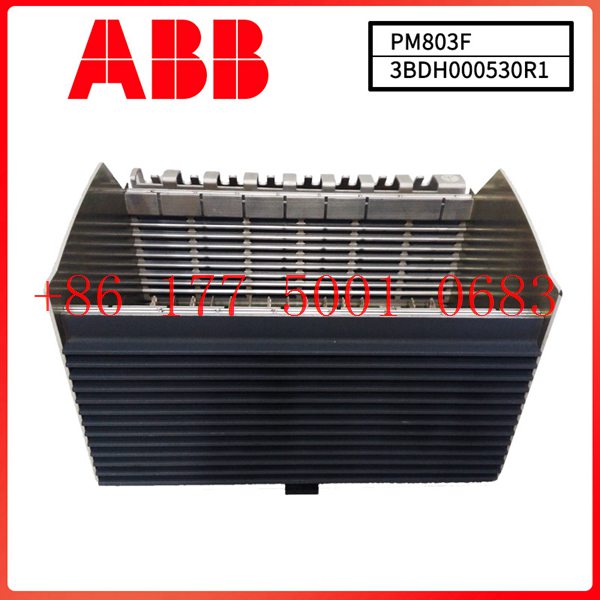
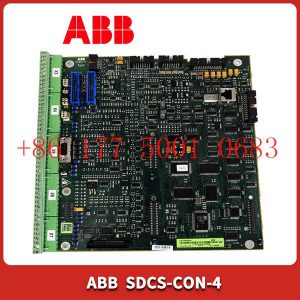
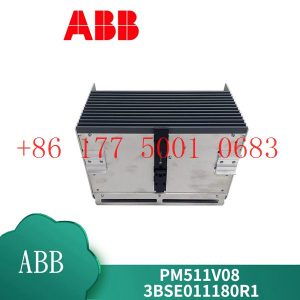
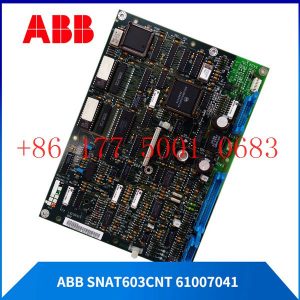
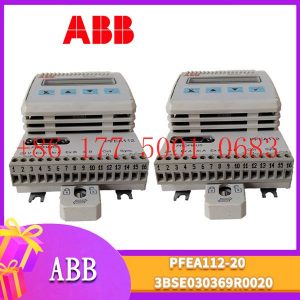




Reviews
There are no reviews yet.